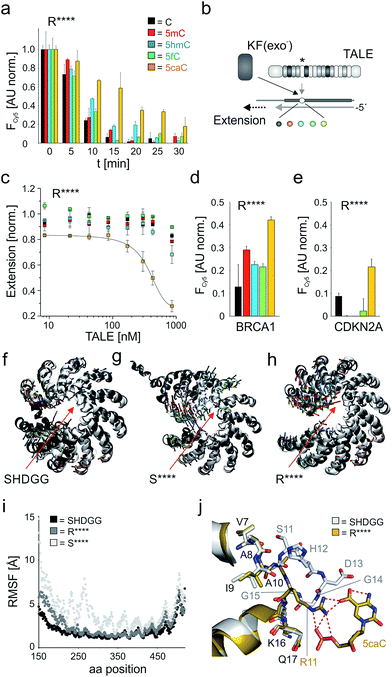
2 These pathways are organized by scaffold proteins that physically colocalize signaling enzymes with their upstream activators and substrate effectors. Within the myocyte, pathological remodeling is controlled by a network of signaling pathways composed of plasmalemmal receptors, second messengers, protein kinases and phosphatases, regulators of gene transcription, and other signaling molecules. Consequently, left ventricular (LV) hypertrophy is a leading CHF risk factor. However, in disease, hypertrophy is typically concomitant with impaired contractility, myocyte death, and myocardial interstitial fibrosis, resulting in progressive systolic and diastolic dysfunction. 1 Hypertrophy can be compensatory for increased wall stress (Laplace law).

Regardless of the pathogenesis, the common response of the heart to stress is cardiac myocyte hypertrophy. Nevertheless, 5-year mortality for CHF remains 50%, providing impetus for novel therapeutic approaches. 1 Current pharmacological treatment for CHF includes angiotensin-converting enzyme inhibitors and antagonists for β-adrenergic, angiotensin II, and aldosterone receptors, as well as diuretics, calcium channel blockers, and other vasodilators. Furthermore, mAKAPβ knockout inhibited pathological gene expression directed by myocyte-enhancer factor-2 and nuclear factor of activated T-cell transcription factors that associate with the scaffold.Ĭongestive heart failure (CHF), the end stage of many heart diseases, is a syndrome affecting >5 million people in the United States alone. This improvement in cardiac status correlated with the attenuated activation of signaling pathways coordinated by the mAKAPβ scaffold, including the decreased phosphorylation of protein kinase D1 and histone deacetylase 4 that we reveal to participate in a new mAKAP signaling module. Accordingly, mAKAPβ knockout inhibited myocardial apoptosis and the development of interstitial fibrosis, left atrial hypertrophy, and pulmonary edema. In contrast to 29% of control mice (n=24), only 6% of mAKAPβ knockout mice (n=31) died in the 16 weeks of pressure overload ( P=0.02). mAKAPβ targeting prevented the development of heart failure associated with long-term transverse aortic constriction, conferring a survival benefit. Using conditional, cardiac myocyte–specific gene deletion, we now demonstrate that mAKAPβ expression in mice is important for the cardiac hypertrophy induced by pressure overload and catecholamine toxicity.

Customer Service and Ordering Information.Stroke: Vascular and Interventional Neurology.Journal of the American Heart Association (JAHA).Circ: Cardiovascular Quality & Outcomes.Arteriosclerosis, Thrombosis, and Vascular Biology (ATVB).


 0 kommentar(er)
0 kommentar(er)
